Table of Contents
Come join us now, and enjoy playing your beloved music and browse through great scores of every level and styles!
Can’t find the songbook you’re looking for? Please, email us at: sheetmusiclibrarypdf@gmail.com We’d like to help you!
Bob Dylan: The Voice of a Generation (b. 1941)
Bob Dylan, born Robert Allen Zimmerman, is one of the most influential musicians of the 20th and 21st centuries. A Nobel Prize laureate, prolific songwriter, and cultural icon, Dylan’s career spans over six decades, during which he has continually reinvented himself while maintaining his status as a defining figure in folk, rock, and American music. His lyrics, often poetic and politically charged, have earned him a reputation as a voice of social change, while his distinctive vocal style and innovative songwriting have left an indelible mark on music history.
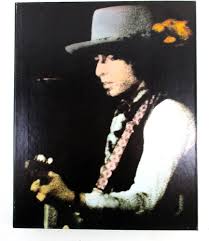
Best Sheet Music download from our Library.
This article explores Dylan’s biography, musical style, licks and harmony, influences, legacy, major works, ideology, awards, filmography, discography, and links to documentaries and performances.
Biography
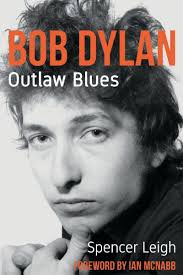
Please, subscribe to our Library.
If you are already a subscriber, please, check our NEW SCORES’ page every month for new sheet music. THANK YOU!
Early Life (1941–1960)
Bob Dylan was born on May 24, 1941, in Duluth, Minnesota, and raised in Hibbing. From an early age, he was drawn to music, particularly blues, country, and early rock ‘n’ roll. He taught himself guitar and harmonica, idolizing artists like Woody Guthrie, Hank Williams, and Little Richard.
In 1959, he enrolled in the University of Minnesota, but soon dropped out to pursue music. He moved to New York City in 1961, drawn by the Greenwich Village folk scene and the opportunity to meet his idol, Woody Guthrie, who was hospitalized with Huntington’s disease.
Rise to Fame (1960s)
Dylan quickly became a fixture in the folk clubs of Greenwich Village. His self-titled debut album (1962) was a collection of traditional folk and blues covers, but it was his second album, “The Freewheelin’ Bob Dylan” (1963), that established him as a major songwriter with classics like “Blowin’ in the Wind” and “A Hard Rain’s a-Gonna Fall.”
By the mid-1960s, Dylan had become a leading figure in the civil rights and anti-war movements, though he later distanced himself from being labeled a “protest singer.” His shift to electric rock with “Bringing It All Back Home” (1965), “Highway 61 Revisited” (1965), and “Blonde on Blonde” (1966) alienated some folk purists but cemented his reputation as an innovator.
Later Career (1970s–Present)
After a motorcycle accident in 1966, Dylan retreated from the spotlight but returned with country-influenced albums like “Nashville Skyline” (1969). The 1970s saw a mix of critical highs (“Blood on the Tracks,” 1975) and lows (his controversial gospel period in the late 1970s).
In the 1980s and beyond, Dylan continued evolving, experimenting with different styles while touring relentlessly. His late-career resurgence began with “Time Out of Mind” (1997), which won a Grammy for Album of the Year. He remains active, releasing new music and touring into his 80s.

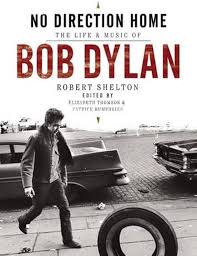

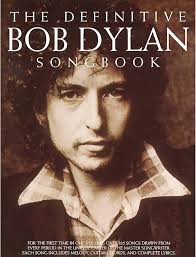
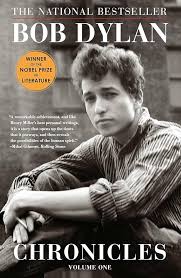
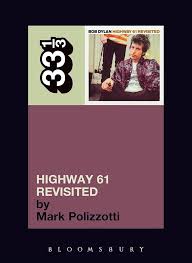





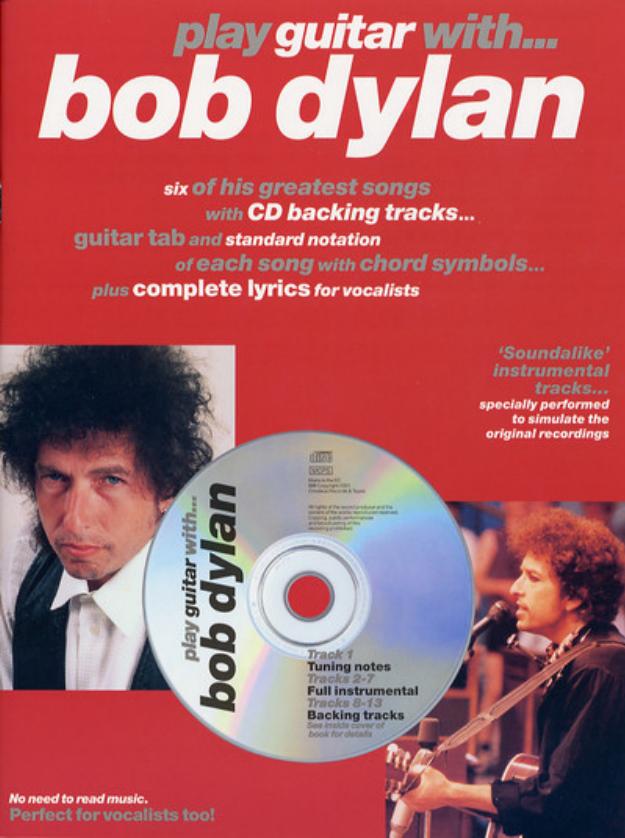





Musical Style
Dylan’s music defies easy categorization, blending folk, blues, rock, country, gospel, and jazz. His songwriting is his most enduring legacy, characterized by:
- Lyrical Depth: His lyrics range from protest anthems to surreal, stream-of-consciousness poetry.
- Vocal Style: His voice, often described as nasal and rough, is an acquired taste but deeply expressive.
- Musical Evolution: He constantly reinvented his sound, from acoustic folk to electric rock to country and beyond.
Licks and Harmony
Dylan’s guitar playing is rooted in folk and blues traditions. Some key elements:
- Fingerpicking: Early acoustic songs like “Don’t Think Twice, It’s All Right” use Travis picking.
- Simple but Effective Chord Progressions: Many songs rely on basic I-IV-V structures with added sevenths and borrowed chords.
- Harmonica Solos: Dylan often played harmonica in cross-harp (second position), adding a bluesy feel to songs like “Like a Rolling Stone.”
His electric work introduced more rock-oriented riffs, such as the iconic opening lick of “Like a Rolling Stone” (played by guitarist Mike Bloomfield).
Influences
Dylan’s music draws from a vast array of sources:
- Woody Guthrie: His biggest folk influence.
- Blues Legends: Robert Johnson, Blind Willie McTell.
- Beat Poets: Allen Ginsberg and Jack Kerouac inspired his lyrical style.
- Country and Rock Pioneers: Hank Williams, Elvis Presley, Little Richard.
Later, Dylan influenced countless artists, including The Beatles, Bruce Springsteen, Joni Mitchell, and Patti Smith.
Legacy
Dylan’s impact on music and culture is immeasurable:
- Songwriting Revolution: He elevated pop lyrics to poetry.
- Cultural Symbol: A voice for civil rights and anti-war movements.
- Enduring Relevance: Still touring and recording, influencing new generations.
Major Works
Albums
- “The Freewheelin’ Bob Dylan” (1963) – Folk masterpiece.
- “Highway 61 Revisited” (1965) – Landmark electric album.
- “Blonde on Blonde” (1966) – Double LP blending rock and surrealism.
- “Blood on the Tracks” (1975) – Acclaimed breakup album.
- “Time Out of Mind” (1997) – Late-career triumph.
Songs
- “Blowin’ in the Wind” – Civil rights anthem.
- “The Times They Are a-Changin’” – Protest classic.
- “Like a Rolling Stone” – Revolutionary rock song.
- “Tangled Up in Blue” – Autobiographical storytelling.
- “Knockin’ on Heaven’s Door” – Iconic ballad.
Ideology
Dylan resisted being labeled a political figure, though his early work was deeply tied to social movements. His later lyrics explored themes of love, mortality, and spirituality. He has remained enigmatic, avoiding direct explanations of his songs.
Awards and Honors
- Nobel Prize in Literature (2016) – For “having created new poetic expressions within the great American song tradition.”
- Grammy Awards (11 wins) – Including Album of the Year for “Time Out of Mind.”
- Academy Award (2001) – Best Original Song for “Things Have Changed” (Wonder Boys soundtrack).
- Presidential Medal of Freedom (2012) – Awarded by Barack Obama.
Filmography
- “Don’t Look Back” (1967) – Documentary by D.A. Pennebaker.
- “Pat Garrett & Billy the Kid” (1973) – Dylan acted and composed the soundtrack.
- “I’m Not There” (2007) – Biopic with multiple actors portraying Dylan.
- “Masked and Anonymous” (2003) – Dylan co-wrote and starred in this surreal film.
Discography (Selected)
- 1960s: The Times They Are a-Changin’ (1964), Bringing It All Back Home (1965).
- 1970s: Desire (1976), Street-Legal (1978).
- 1980s–2020s: Oh Mercy (1989), Modern Times (2006), Rough and Rowdy Ways (2020).
Documentaries and Key Performances
- “No Direction Home” (2005) – Martin Scorsese’s documentary on Dylan’s early years.
- Bob Dylan & The Band 1974 Live Tour
- “Like a Rolling Stone” Live 1966 – Electric controversy at Manchester Free Trade Hall.
Bob Dylan is more than a musician—he is a cultural force whose work transcends generations. From protest songs to poetic masterpieces, his influence is unmatched. Whether through his lyrics, his ever-evolving sound, or his enigmatic persona, Dylan remains one of the most important artists in history. His legacy continues to grow, proving that, as he once sang, “the times they are a-changin’,” but his music remains timeless.
Bob Dylan – Like a Rolling Stone (Official Audio)
Bob Dylan – The Times They Are A-Changin’ (Official Audio)
Browse in the Library:
Or browse in the categories menus & download the Library Catalog PDF:
Discography
Main articles on Wikipedia: Bob Dylan discography and List of songs written by Bob Dylan
- Bob Dylan (1962)
- The Freewheelin’ Bob Dylan (1963)
- The Times They Are a-Changin’ (1964)
- Another Side of Bob Dylan (1964)
- Bringing It All Back Home (1965)
- Highway 61 Revisited (1965)
- Blonde on Blonde (1966)
- John Wesley Harding (1967)
- Nashville Skyline (1969)
- Self Portrait (1970)
- New Morning (1970)
- Pat Garrett & Billy the Kid (1973)
- Dylan (1973)
- Planet Waves (1974)
- Blood on the Tracks (1975)
- The Basement Tapes (1975)
- Desire (1976)
- Street-Legal (1978)
- Slow Train Coming (1979)
- Saved (1980)
- Shot of Love (1981)
- Infidels (1983)
- Empire Burlesque (1985)
- Knocked Out Loaded (1986)
- Down in the Groove (1988)
- Oh Mercy (1989)
- Under the Red Sky (1990)
- Good as I Been to You (1992)
- World Gone Wrong (1993)
- Time Out of Mind (1997)
- “Love and Theft” (2001)
- Modern Times (2006)
- Together Through Life (2009)
- Christmas in the Heart (2009)
- Tempest (2012)
- Shadows in the Night (2015)
- Fallen Angels (2016)
- Triplicate (2017)
- Rough and Rowdy Ways (2020)
- Shadow Kingdom (2023)
